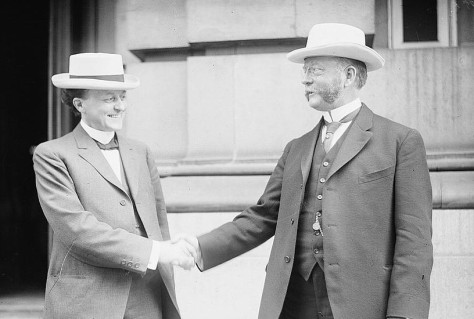 You can’t control the customer experience.
You can’t control the customer experience.
You can’t control customers’ feelings, or their personal circumstances, or how much attention they are going to pay to you. Their experience of your brand, or your product, or your service is down to how they feel. And you can’t control their feelings.
But you can make it better
You can control how you maximise the chances that the experience is positive.
Here are ten examples of what I mean, described, of course, from the customer’s perspective. If you make any of these better, your typical customer’s experience will improve.
- You’re quick. Waiting is a cost to me, the customer. It’s a cost that I don’t want to incur. Whatever I want, I want it now. The more you can get me what I want straightaway, the more I like it. (Delay also makes it more likely that things will go wrong, and I don’t like that).
- You are easy to deal with. Whatever I want to do is so easy I don’t have to think about it. I get the information or the product or the service or the support I want in the ways that I want it.
- You get it right. What you sell me is what I want. And what I want is what I get. And it doesn’t go wrong.
- You care if something isn’t right. If it does go wrong, I want you to know before I do. I want you to fix it with no inconvenience on my part. And I want you to put right anything that went bad because your product went wrong, before I have to ask.
- You prove that I can trust you. I want to know, before I buy, that I can trust you. You give me value anytime I engage with you, whether I am buying from you or not. If every encounter with you provides insight, advice or help in ways that matter to me, then I’ll trust you with my money when it’s time to buy.
- You trust me. You don’t behave as if I am a thief or a fraudster. You acknowledge, listen and act on what I tell you. If you need to do things to make things secure, you explain why and you do your best to make it easy and trouble-free. You take my side.
- You are honest about what you can’t do. If you can’t help me then you let me know so I don’t waste time or have incorrect expectations. And then you help me in whatever way you can.
- You act in my interests. If something is better for me than what you are offering or what I am requesting, you let me know and you help me with it.
- You are professional. You treat me with respect. You show courtesy and good manners. You treat your employees with respect and courtesy as well, as they represent you (and, of course, it is the right thing to do).
- You are honourable. You don’t hide things from me in small print. You make promises and you keep them. You don’t make promises you can’t keep. And you do what’s right, regardless of policy.
Improve any one of these things and you will make the customer experience better. In addition, you will cut your costs of sale and service and make your people happier. Improve all ten, and the experience you offer may well become the stuff of legend.
(I wrote this and then discovered Seth Godin’s wonderful post: Your call is very important to us which covers related ground, but with added goodness (I love the idea of routing delayed calls to the CEO’s spouse…) Enjoy).
Image credit: Mike Bird
